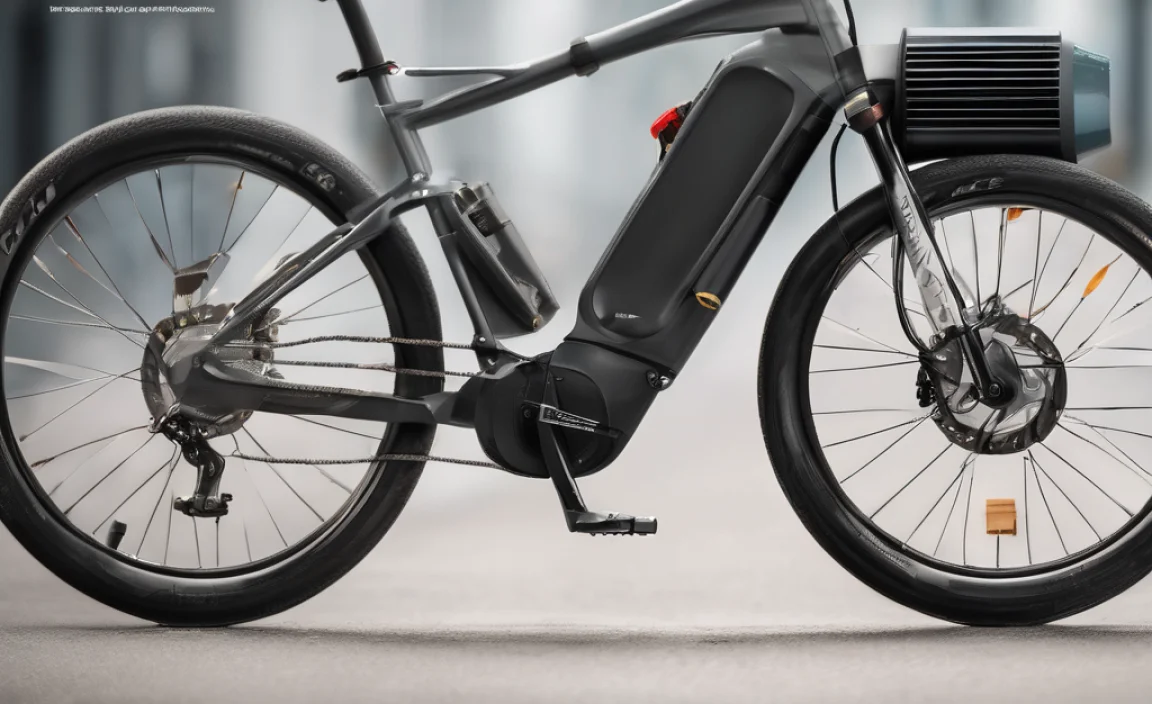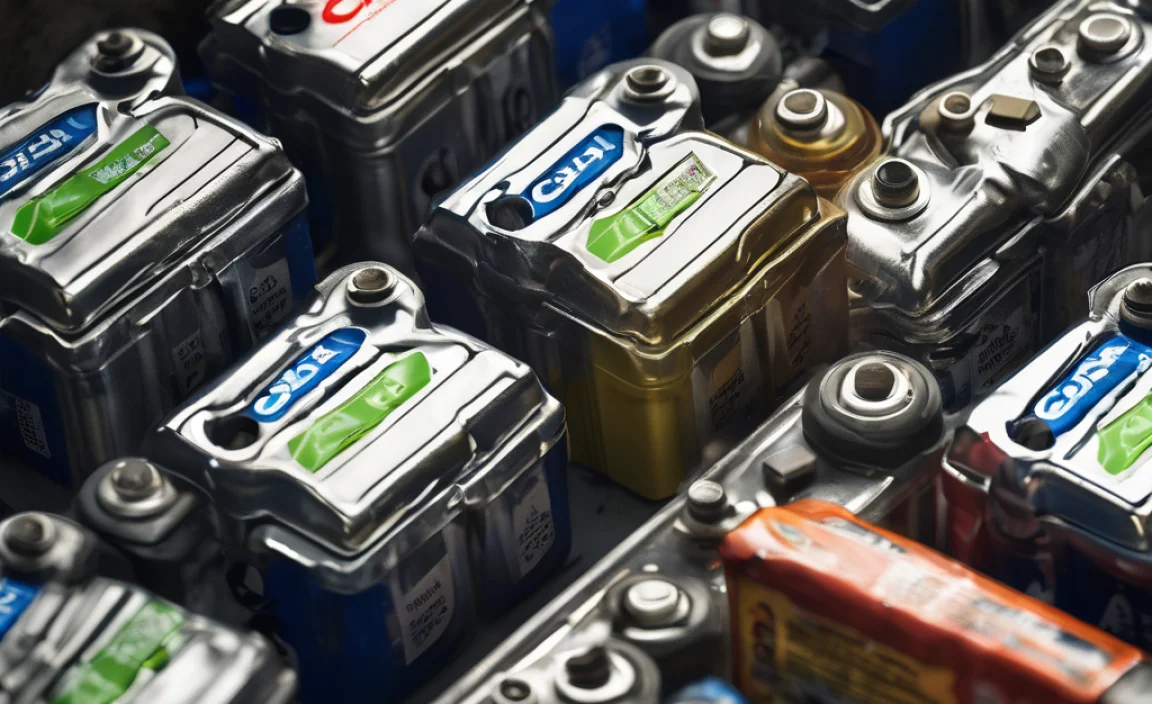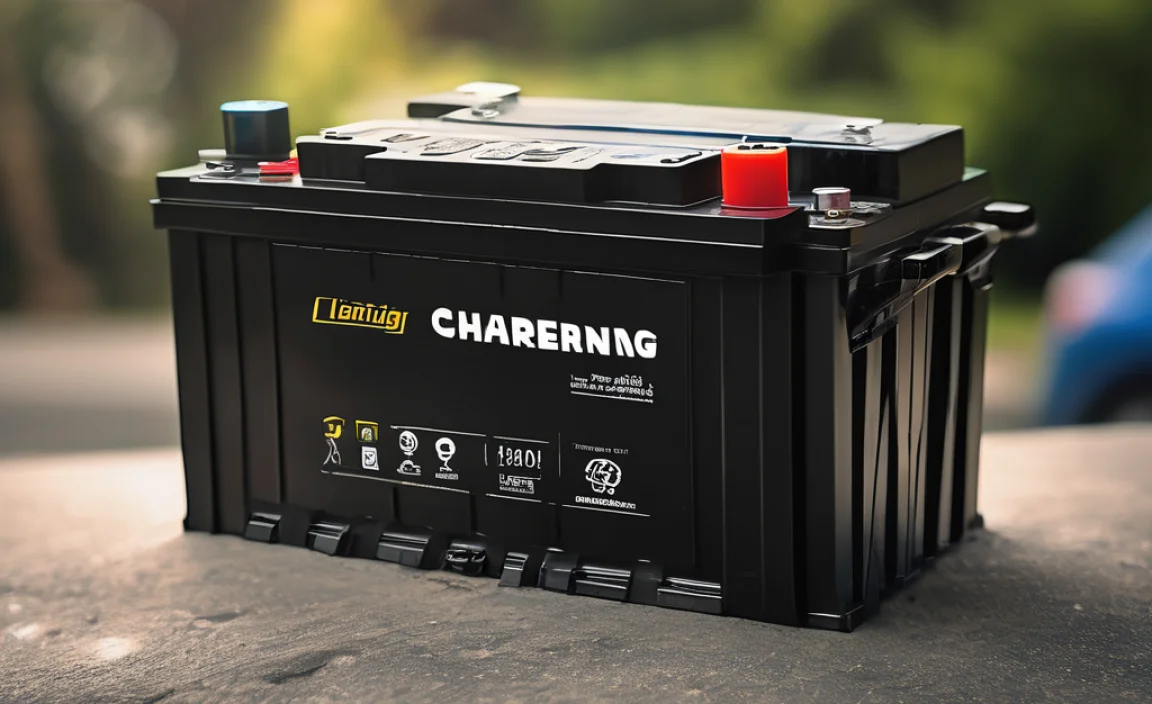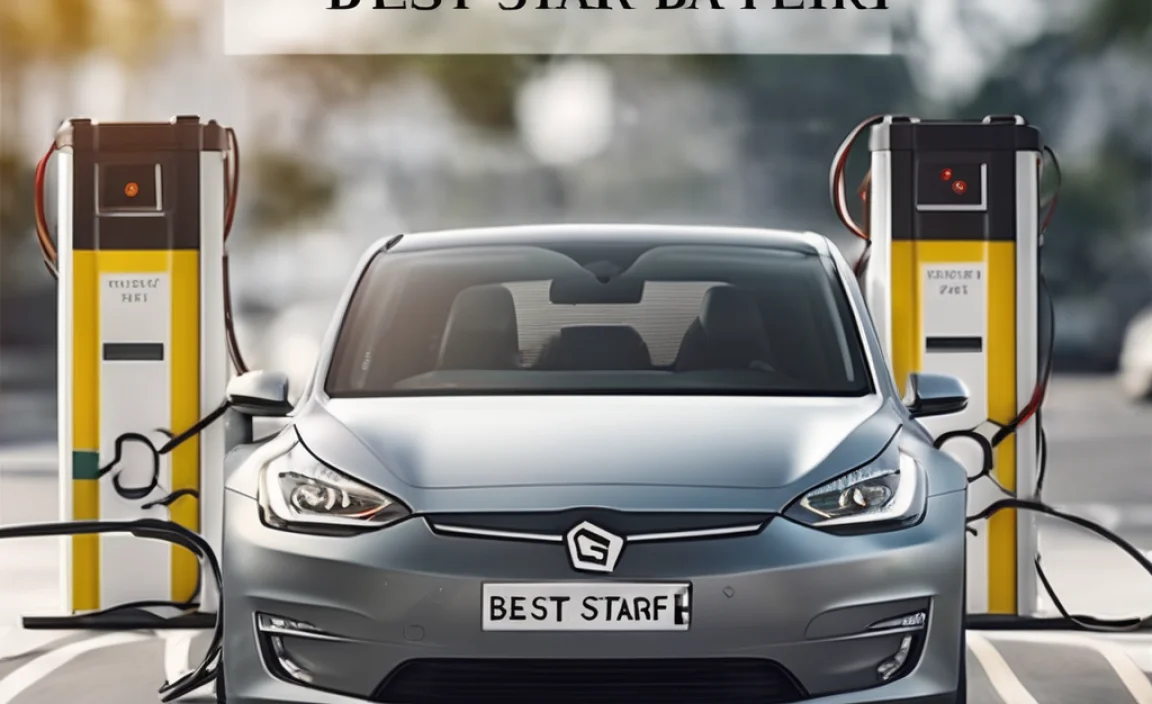Quick Summary:
Finding the right adapter for Aruba is crucial for keeping your devices powered up. This guide simplifies choosing the correct voltage and plug type for Aruba, ensuring your electronics work safely and reliably during your trip. Don’t let power worries dim your holiday spirit!
Ever landed in a new country, excited for your trip, only to realize your phone won’t charge? It’s a common travel headache, and Aruba is no exception. You’ve packed your essential gadgets, but what about the power they need? Understanding the power situation in Aruba, especially the type of electrical outlets and the standard voltage, is key to a smooth journey. Without the right adapter, your devices could be useless, or worse, get damaged. But don’t fret! This guide will break down everything you need to know about using adapters in Aruba so you can keep your electronics charged and ready for action, from taking photos to staying connected.
Toe>
Your Essential Power Guide for Aruba
Welcome, fellow travelers and tech enthusiasts! I’m Roy Walker, your go-to guy for all things power and battery. Today, we’re diving into a topic that can seem a bit technical but is actually quite straightforward: adapters for Aruba. Whether you’re heading there for a relaxing vacation, a business trip, or just exploring, ensuring your devices have the power they need is paramount. We’ll cover the voltage, plug types, and what kind of adapter you’ll need to make sure your gadgets, from your trusty smartphone to your laptop, run seamlessly.
Understanding Aruba’s Electrical System
Before we talk about adapters, it’s important to understand the foundation: Aruba’s electrical system. This knowledge will help you choose the right equipment and keep your devices safe.
Voltage in Aruba
Aruba operates on a voltage of 127V with a frequency of 60Hz. This is different from many other parts of the world, including the United States (which typically uses 120V) and most of Europe (which uses 220-240V).
Why does this matter?
- Lower Voltage Devices: Most electronics designed for 120V systems (like those in the US and Canada) will generally work fine in Aruba’s 127V system. The slight difference is usually within the acceptable range for these devices.
- Higher Voltage Devices: If your device is designed for higher voltages (like 220-240V used in Europe, Asia, and Australia), you will definitely need a voltage converter. Trying to use a 240V device on a 127V supply means it won’t get enough power to function correctly, if at all.
- Dual Voltage Devices: Thankfully, many modern electronics, especially travel gadgets like phone chargers, laptop power adapters, and camera chargers, are “dual voltage.” This means they are designed to work on a wide range of voltages, typically from 100V to 240V. You can usually find this information on a small label on the power brick of your device.
To check if your device is dual voltage, look for a label on its power adapter. It will typically show an input range like “100-240V ~ 50/60Hz”. If you see this, your device doesn’t need a separate voltage converter.
Frequency in Aruba
Aruba uses a frequency of 60Hz. While most electronics today are fairly adaptable to slight frequency variations, it’s still a factor to be aware of. Devices designed specifically for 50Hz might not perform optimally on 60Hz, though for most common travel electronics, this is not a significant concern.
Plug Types in Aruba
This is where the “adapter” part really comes in. Aruba uses plug types that are different from many other countries. You will primarily find:
- Type A Plugs: These are the familiar plugs with two flat parallel pins, commonly used in North America and parts of Central America.
- Type B Plugs: These are like Type A, but with an additional round grounding pin.
Aruba’s wall sockets are designed to accept both Type A and Type B plugs. This means that if you are coming from a country that uses Type A or Type B plugs (like the United States, Canada, Mexico, or parts of Japan), your plugs should fit directly into the outlets in Aruba. You will likely not need a plug adapter if you are coming from these regions.
What if you’re not from a Type A/B region?
If you are traveling from Europe, Asia, Australia, or other regions that use different plug types (like Type C, E, F, G, or I), you will need a universal plug adapter that includes adapters for Type A and Type B plugs.
Choosing the Right Adapter: A Step-by-Step Approach
Navigating the world of adapters can be confusing, but here’s a simple way to figure out what you need for Aruba.
Step 1: Check Your Device’s Voltage Compatibility
This is the most critical step for device safety. Find the power adapter (the “brick”) for each electronic device you plan to bring. Look for a small label that indicates the input voltage.
- If the label says “100-240V”, your device is dual voltage and can handle Aruba’s 127V. You likely won’t need a voltage converter, just a plug adapter if your plug type is different.
- If the label specifies only a single voltage (e.g., “110V” or “220V”), you need to be more careful.
- If it’s for a lower voltage (like 110V or 120V), it should work in Aruba’s 127V system.
- If it’s for a higher voltage (like 220V or 240V), you absolutely need a voltage converter to step down the voltage from 127V to what your device requires, or it could be damaged.
Step 2: Identify Your Plug Type
Now, look at the plug on your device’s power cord.
- Type A: Two flat parallel pins.
- Type B: Two flat parallel pins plus one round grounding pin.
- Other Types: If your plug looks different (e.g., round pins, three rectangular pins), you’ll need an adapter.
Step 3: Select Your Adapter(s)
Based on your findings:
- For travelers from US, Canada, Mexico: Your plugs should fit. You might not need any adapter at all, but bringing a spare universal adapter is always wise.
- For travelers from Europe (Type C/E/F), UK (Type G), Australia (Type I), etc.: You will need a plug adapter that can convert your plug type to fit Aruba’s Type A/B outlets. A universal travel adapter set is a cost-effective solution as it covers multiple plug types.
- For devices NOT dual voltage that require a voltage conversion (e.g., using a 220V appliance from Europe in Aruba): You will need a voltage converter in addition to a plug adapter if your plug type is different. Be aware that simple plug adapters do NOT change the voltage. Voltage converters are typically bulkier.
Types of Adapters and Converters
It’s important to distinguish between a plug adapter and a voltage converter. They serve different purposes:
Plug Adapters
A plug adapter does exactly what its name suggests: it adapts your plug to fit a different type of socket. It does NOT change the voltage. For Aruba, if your devices are dual voltage or designed for 120V, you’ll likely just need a plug adapter if your country uses a different plug shape.
Voltage Converters
A voltage converter (also called a transformer) changes the electrical voltage from one level to another. You’ll need this if you bring an appliance that operates on a voltage significantly different from Aruba’s 127V, and the appliance is NOT dual voltage.
Important Note on Hair Dryers and Other High-Power Appliances:
Many common travel devices like phone chargers and laptop adapters are dual voltage. However, high-power appliances like curling irons, hair straighteners, and especially hair dryers are often designed for a specific voltage range. Using a single-voltage, high-wattage appliance from a higher voltage country (like Europe) in Aruba without a suitable, high-wattage converter can damage the appliance or blow a fuse. It’s often easier and safer to buy a travel-sized, dual-voltage version of these appliances or rely on hotel amenities.
What to Look for in a Travel Adapter for Aruba
When shopping for an adapter, consider these features:
- Compatibility: Ensure it supports Type A and Type B plugs. A universal adapter is ideal for broader travel needs.
- Dual USB Ports: Most modern travel adapters come with USB ports, allowing you to charge multiple devices like phones and tablets simultaneously without needing extra power bricks for each.
- Surge Protection: Some adapters offer surge protection, which can shield your sensitive electronics from power spikes.
- Compact Size: A smaller adapter is easier to pack and won’t take up much space in your luggage.
- Durability: Look for well-built adapters from reputable brands.
Aruba Power Scenarios Table
Here’s a quick reference to help you determine what you need:
| Your Home Country’s Plug Type | Your Device’s Voltage Compatibility | Aruba Voltage (127V) | What You Need for Aruba |
|---|---|---|---|
| Type A/B (e.g., US, Canada) | Dual Voltage (100-240V) | Compatible | Likely no adapter needed. A spare universal adapter is good to have. |
| Type A/B (e.g., US, Canada) | Single Voltage (e.g., 120V) | Compatible | Likely no adapter needed. |
| Type A/B (e.g., US, Canada) | Single Voltage (e.g., 240V – rare for US items) | Not Compatible | Voltage Converter + Plug Adapter (if plug doesn’t fit exactly). Check appliance wattage carefully. |
| Type C, E, F, G, I (e.g., Europe, UK, Australia) | Dual Voltage (100-240V) | Compatible | Plug Adapter for Type A/B. Universal travel adapter is ideal. |
| Type C, E, F, G, I (e.g., Europe, UK, Australia) | Single Voltage (e.g., 220V, 240V) | Not Compatible | Voltage Converter + Plug Adapter. High wattage appliances need specific converters. |
| Type C, E, F, G, I (e.g., Europe, UK, Australia) | Single Voltage (e.g., 110V, 120V) | Compatible | Plug Adapter for Type A/B. Universal travel adapter is ideal. |
Safety First: Essential Tips for Using Adapters
Safety should always be your top priority when dealing with electricity, especially in a foreign country. Here are some crucial tips:
- Never Force a Plug: If a plug doesn’t fit easily into an outlet or adapter, don’t force it. You could damage the outlet, the adapter, or your device. Double-check that you have the correct adapter.
- Check Wattage: For voltage converters, always ensure the converter’s wattage rating is higher than the wattage of the appliance you intend to use. Using an undersized converter can cause it to overheat, fail, or even pose a fire risk.
- One Device at a Time: Most basic travel adapters and converters are not designed to power multiple high-wattage devices simultaneously. Plug in and use one device at a time, especially higher-draw items like hair dryers.
- Avoid Damaged Cords/Adapters: Never use frayed cords, damaged adapters, or converters that show signs of wear and tear.
- Unplug When Not in Use: It’s good practice to unplug your adapters and devices when they are not in use, especially overnight or when you leave your accommodation.
- Grounding: If your device has a three-prong plug (Type B), ensure your adapter and the outlet provide proper grounding. This adds an extra layer of safety against electrical shocks.
- Trust Reputable Brands: Purchase adapters and converters from well-known, reputable manufacturers. Avoid cheap, unbranded products that may not meet safety standards. For more information on electrical safety, you can refer to resources from organizations like the U.S. Consumer Product Safety Commission.
Where to Buy Adapters for Aruba
You have a few options for purchasing your Aruba-compatible adapters:
- Online Retailers: Websites like Amazon, Best Buy, and specialized travel gear stores offer a wide selection of universal travel adapters and voltage converters. Buying in advance ensures you have what you need before your trip.
- Electronics Stores: Major electronics retailers in your home country will likely carry travel adapters.
- Travel Stores: Shops specializing in travel gear often have a good range of adapters suitable for various destinations.
- Airport Shops: While convenient, airport shops often charge a premium. It’s best to buy your adapter before you get to the airport if possible.
- Local Shops in Aruba: Small convenience stores or hotel gift shops might sell basic adapters, but options can be limited and prices higher.
Real-World Scenarios and Examples
Let’s look at a few common scenarios to make this even clearer:
Scenario 1: The North American Tourist
Your situation: You live in the United States and are bringing your smartphone, laptop, and a standard dual-voltage hairdryer.
Your Aruba power needs:
- Voltage: Your devices are dual voltage (check the labels!), so Aruba’s 127V is fine.
- Plug type: You use Type A and Type B plugs.
- Answer: You likely don’t need any adapter! Your US plugs will fit directly into Aruba’s outlets. Bringing a small, multi-USB adapter is still a good idea so you can charge multiple devices from one outlet.
Scenario 2: The European Traveler
Your situation: You live in Germany and are bringing your smartphone, a European-style laptop charger, and a non-dual voltage curling iron (220V). You use Type F plugs.
Your Aruba power needs:
- Voltage: Your smartphone and laptop charger are dual voltage (100-240V). The curling iron is NOT dual voltage and requires 220V.
- Plug types: You have Type F plugs. Aruba uses Type A/B.
- Answer:
- For your smartphone and laptop charger: You need a plug adapter that converts your Type F plug so it fits into Aruba’s Type A/B outlets.
- For your curling iron: This is the tricky part. You cannot use a simple plug adapter. You will need a dedicated voltage converter rated for your curling iron’s wattage (check its label!) and a plug adapter to fit Aruba’s outlets. However, be warned: many voltage converters are not suitable for high-wattage items like curling irons or hair dryers. It’s often much safer and more practical to buy a travel-sized, dual-voltage curling iron.
Scenario 3: The Tech-Savvy Traveler
Your situation: You want to charge your laptop, phone, tablet, and smartwatch efficiently at the hotel.
Your Aruba power needs:
- Voltage: Assume all your modern gadgets are dual voltage.
- Plug types: Your chargers likely have standard Type A plugs.
- Answer: Look for a high-quality universal travel adapter with multiple USB-A and USB-C ports. This allows you to plug the adapter into an Aruba outlet and then charge all your devices using the USB ports, freeing you from needing multiple individual power bricks. Some units also include retractable prongs for various plug types should you




